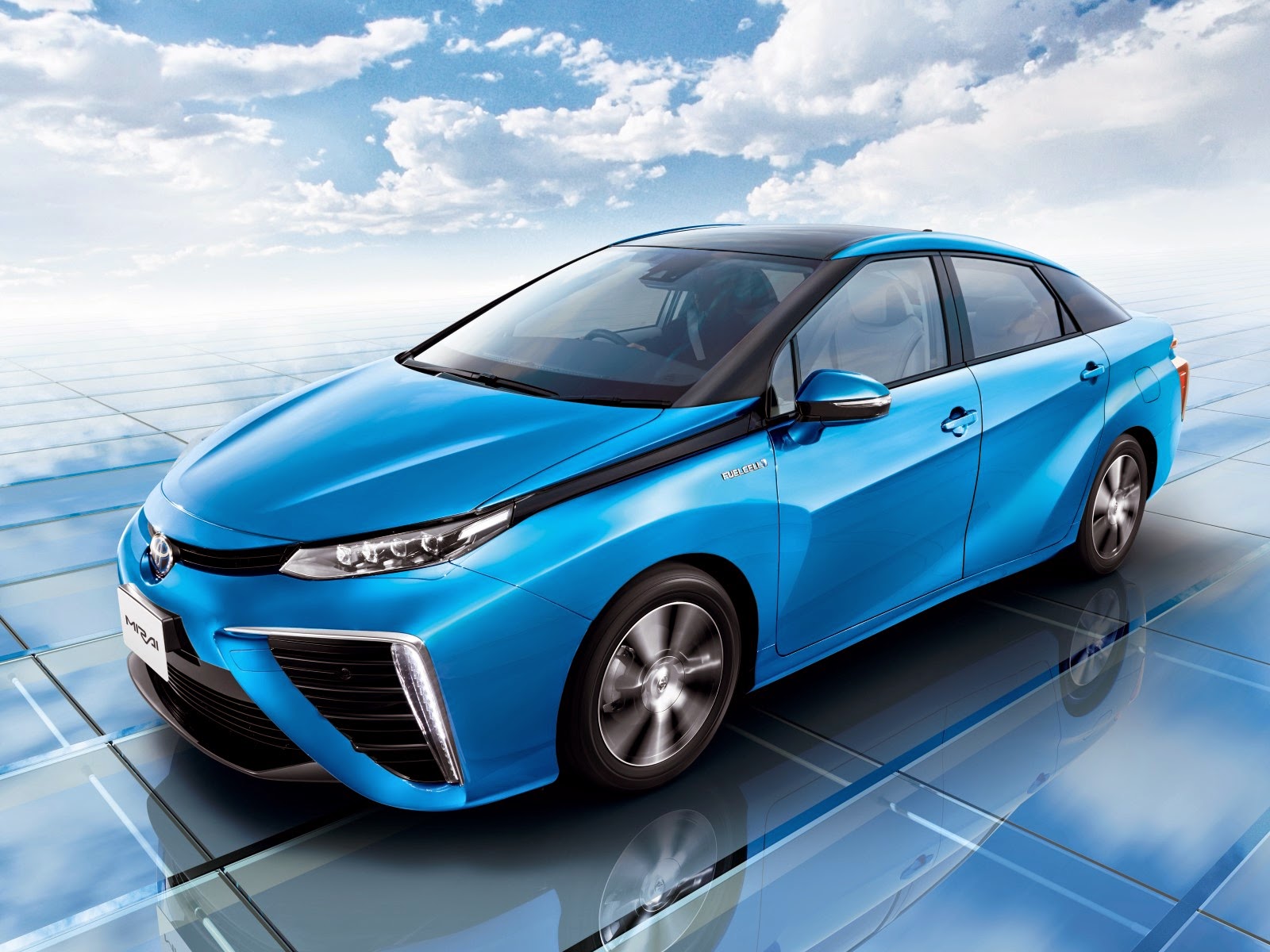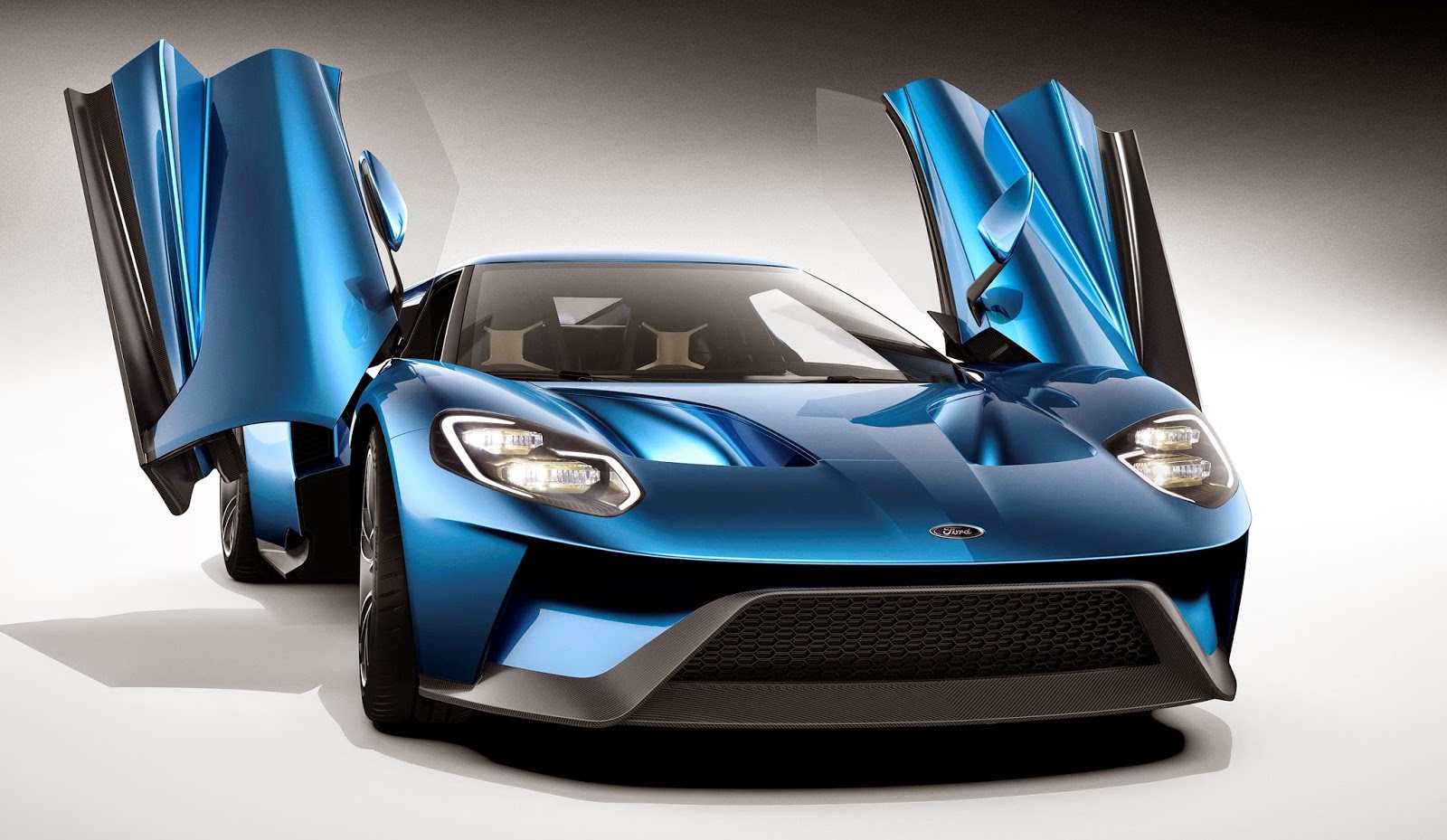The acronym '4C' draws its inspiration from the brand's great cars such as the 8C and 6C which, in the 1930s and 1940s, distinguished cars fitted with the powerful 'eight cylinders' and the innovative 'six cylinders'. Hence the name 4C is an indication the sport car’s engine has ‘four cylinders’. The Alfa Romeo 4C coupe credentials have made it a success all over the world. The all-new 4C Spider hopes to build that success even further with its open air experience. Handcrafted in Modena, Italy in carbon fibre, the Alfa Romeo 4C certainly has the right qualities to charm sports car enthusiasts all over the world.
 |
| Alfa Romeo 4C Spider |
Design
At the front, the 4C Spider features sculpted air intakes. In between the headlamps are two robust lines running along the bonnet, tracing the unmistakable "V" and coming to their natural conclusion around the Alfa Romeo logo. A carbon fibre windshield frame separates the front and rear design is located behind the seats. The windshield frame offers attachment points for the removable cloth roof. The hallmark of the Alfa Romeo 4C Spider’s design is the engine cover located behind the driver. The cover features three functional openings that extract hot air from the engine. At the back the 4C Spider features the round LED illuminated tail lamps, which blend with the muscular rear wings for a wide and powerful stance. The rear wings feature large functional air intakes to cool the engine. Below the LED taillights is the all-new, Akrapovic dual-mode centre-mounted performance exhaust system, which deliver a joyous exhaust note.
 |
| A aerodynamic and sporty profile |
Performance
Powering the Alfa Romeo 4C Spider is an all-aluminium 1750 cc (1.8-litre) turbocharged VVT with an output of 176 kW (237 hp) and 350 Nm of torque. Teamed with the engine is a paddle-shifting Alfa TCT (twin-clutch transmission) tuned specifically for the all-new Alfa Romeo 4C Spider. Instantaneously optimizing the 4C Spider's level of performance is Alfa’s DNA selector. The DNA selector features four modes, including a ‘Race’ mode. The Alfa DNA selector can optimize the engine, transmission and other vehicle parameters to the levels needed by the driver. In ‘Race’ mode, for example, the Alfa Romeo 4C Spider can accelerate from 0 to 100km/h in 4.1 seconds. Top speed is capped at 250 km/h. To ensure decisive braking even under the most intensive conditions, the braking system has four self-ventilating perforated discs, with Brembo four-piston aluminium callipers on the front axle. The body colour matched brake callipers are visible behind the standard 18-inch (front) and 19-inch (rear) light alloy rims.
 |
| Alfa Romeo Spider and Coupe |
Interior
The driver focused racing inspired interior features two composite-framed sport seats with standard leather and carbon fibre. The driver grips a flat-bottom, leather performance steering wheel with paddle-shifters. For an upscale look, the fully wrapped premium-leather interior with accent stitching is standard on the Alfa Romeo 4C Spider.  |
| Driver focused interior |
The pedal unit and footrests for driver and passenger are all made of aluminium, highlighting sports character down to the smallest detail. The air vents are finished in carbon fibre for a more sporty touch. A 7-inch full-colour driver information display (DID) cluster, located behind the steering wheel displays critical vehicle information. A new Alpine premium radio offers multiple connectivity options such as Bluetooth, USB port, iPod interface and CD/MP3 capabilities.  |
| View from the top |
Verdict
The Alfa Romeo 4C Spider continues the success of its coupe sibling. The sports car’s striking design, open air driving experience, the enhanced performance from its punchy engine and its joyous exhaust note makes it a must have toy. The recent efforts by Fiat Chrysler Automobiles (FCA) to return Alfa Romeo to its past glory seem to be working well so far. The 4C is probably one of the best modern Alfa Romeo’s out there.





















































